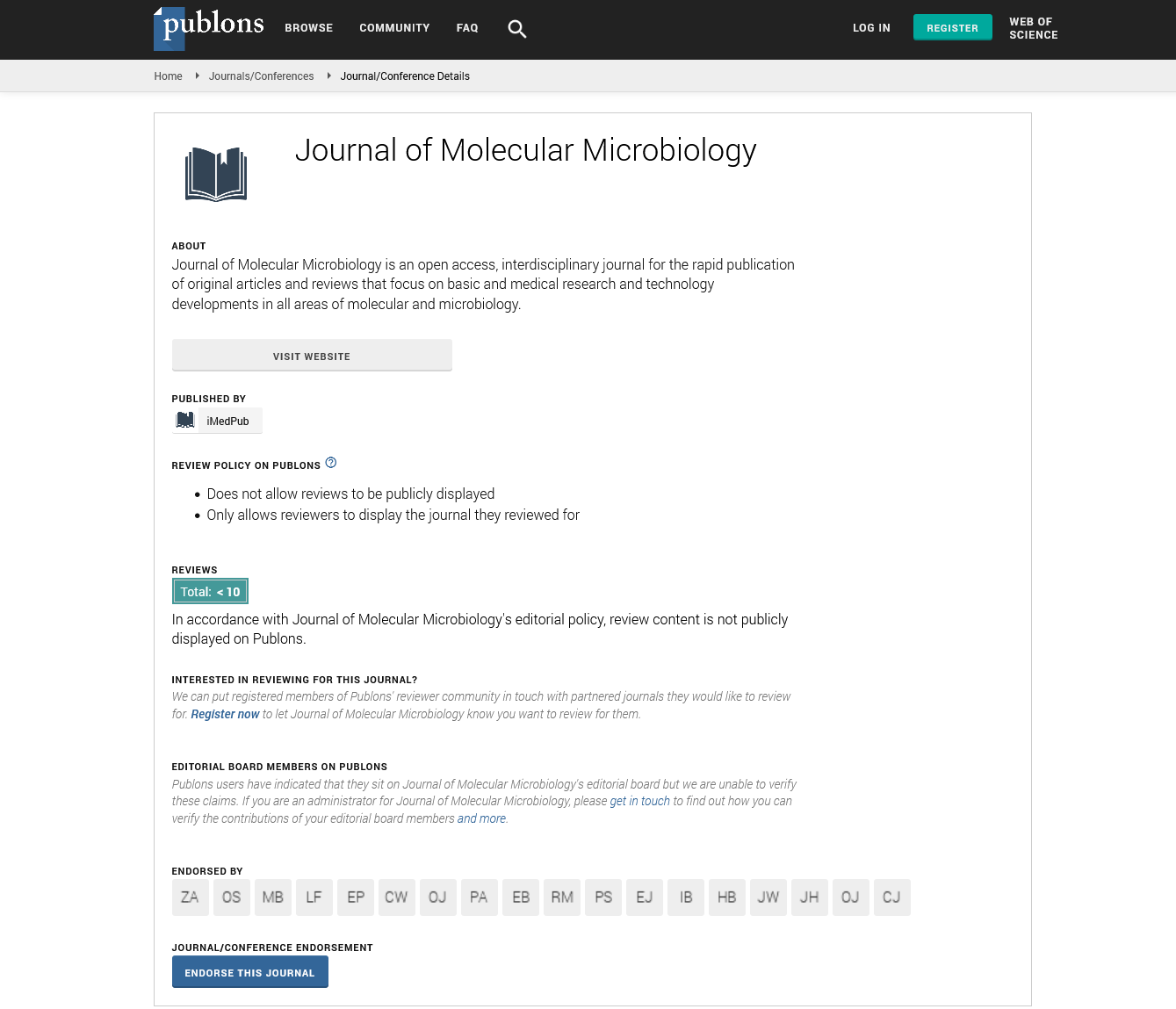Abstract
Validation of live robotic telepathology for intraoperative Neuropathology interpretation at a teriary care center
Introduction Digital microcopy (live or whole slide scanning) has significant utility in this era of rapid technological advancements, producing numerous advantages including remote slide review, portability, archiving, training sets which are easily accessible and shareable, for consults, tumor boards, teaching and research. The aim of our study was to validate the use of a robotic live digital microscope for reviewing of intraoperative neuropathology cases to enable remote slide interpretations within our tertiary care center. We hypothesized that interpretation of glass slide is comparable to whole slide imaging for frozen section diagnosis. Methods: The methodology was determined in keeping with the College of American Pathologists guidelines using a two week “washout period” determining variations in the interpretation of frozen sections using glass slide versus whole slide imaging. Frozen sections and touch prep/smear cytologic preparations from 60 de-identified neuropathology cases were examined. 42 cases were examined by conventional microscopy first followed by remote examination using the VisionTek® M6 Digital Microscope (Sakura Finetek, USA, Inc.). 12 cases were examined with VisionTek first followed by conventional microscopy. Two neuropathologists evaluated the cases and provided interpretations based on the following clinical information: basic clinical history, MRI report, specific site, age and gender. Any discrepancies between glass slide interpretations and live digital interpretations were categorized as major (significant clinical impact) or minor (no significant clinical impact).Both males and females were included in the study. The age ranged from 31- 85 years old(26 males and 28 females). Fourty two cases were reviewed by Pathologist #1 and eighteen cases were reviewed by Pathologist #2. Results: There were no major discrepancies and only 2 minor discrepancies between live digital and glass slide interpretations. The two minor discrepancies were as below. One case was called “Cohesive neoplasm with focal necrosis favor atypical meningioma” and the final diagnosis was “Metastatic carcinoma” on permanent sections. The second case was called “malignant tumor favor metastatic carcinoma” on digital review and the glass slide frozen section interpretation was “malignant tumor favor metastatic melanoma”. Conclusions: Our study validated the use of a robotic live digital microscope for remotely interpreting intraoperative neuropathology specimens at our institution. Although our study had 2 minor discrepancies there were no major discrepancies.With 100% concordance between both methods when evaluating for major discrepancies, live digital microscopy was equivalent to conventional microscopy for intraoperative slide interpretation of neuropathology cases. Hence, the whole slide imaging system can be used effectively for rendering patient diagnosis without compromising patient care in our institution using the current technology
Author(s): Aisha Sethi
Abstract | PDF
Share This Article
Google Scholar citation report
Citations : 86
Journal of Molecular Microbiology received 86 citations as per Google Scholar report
Journal of Molecular Microbiology peer review process verified at publons
Abstracted/Indexed in
- Google Scholar
- Publons
Open Access Journals
- Aquaculture & Veterinary Science
- Chemistry & Chemical Sciences
- Clinical Sciences
- Engineering
- General Science
- Genetics & Molecular Biology
- Health Care & Nursing
- Immunology & Microbiology
- Materials Science
- Mathematics & Physics
- Medical Sciences
- Neurology & Psychiatry
- Oncology & Cancer Science
- Pharmaceutical Sciences
